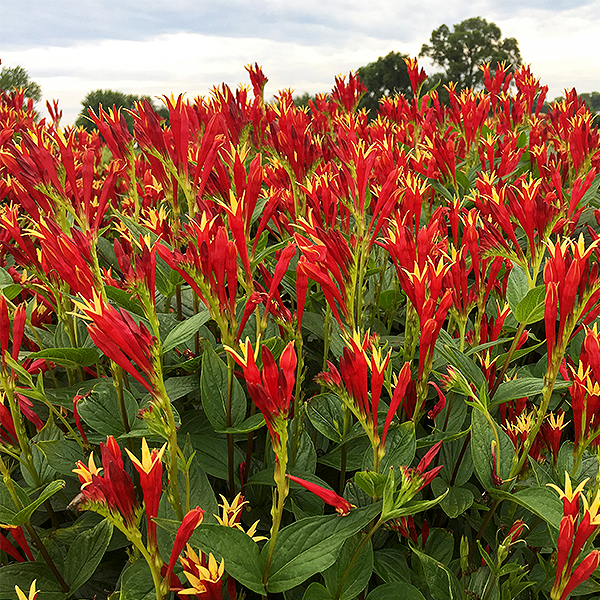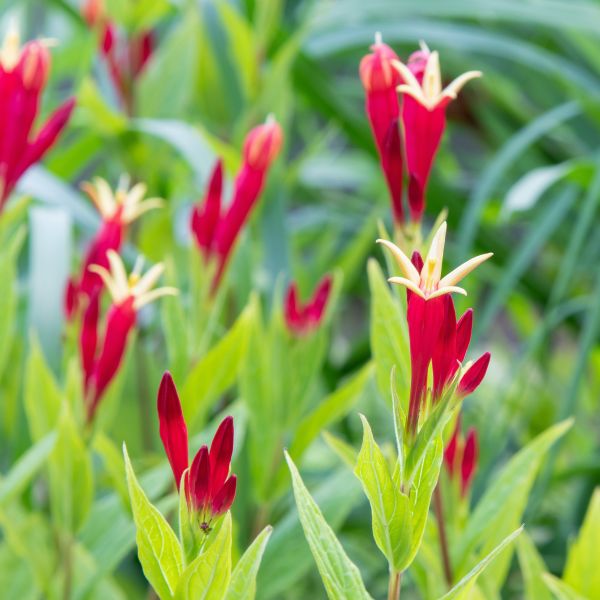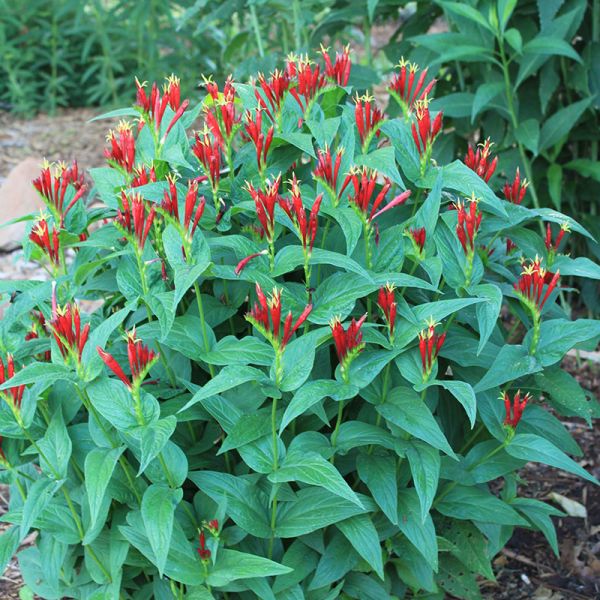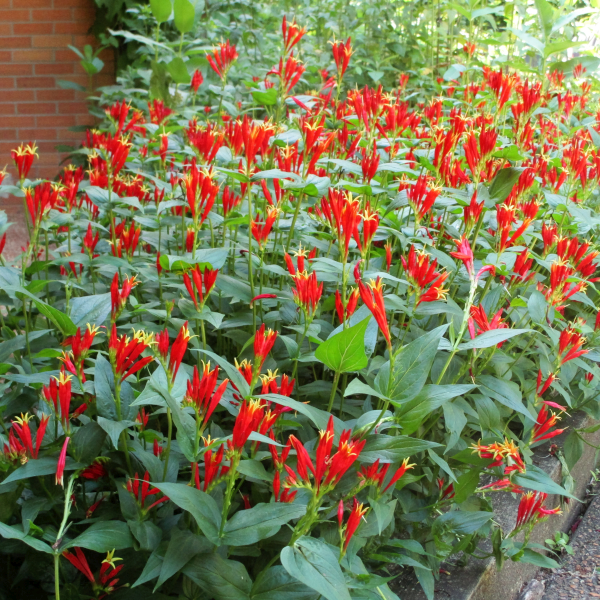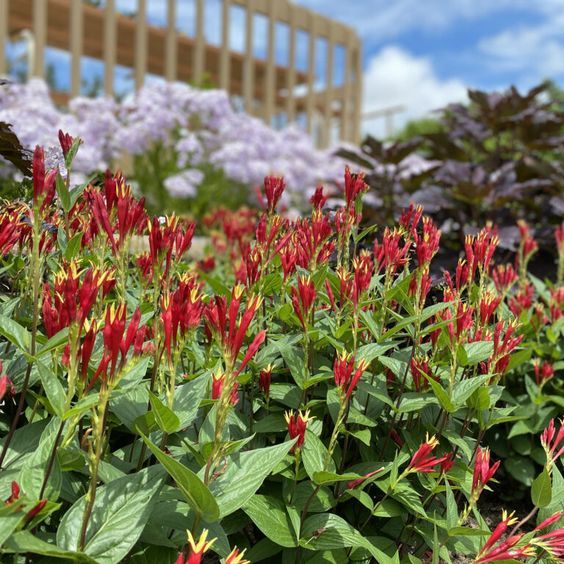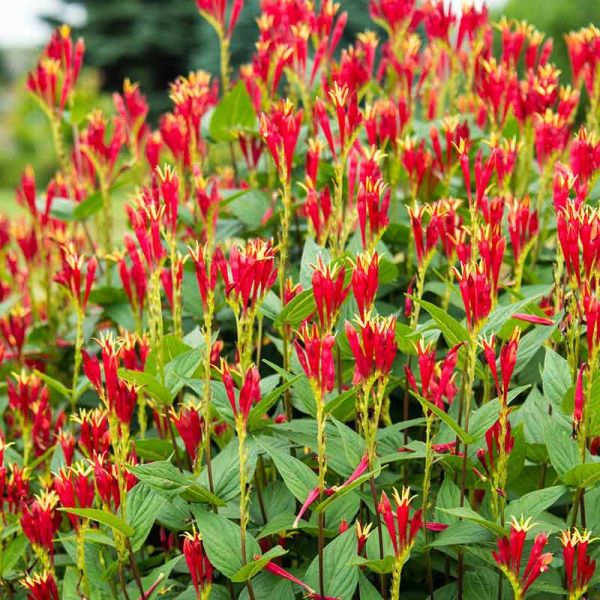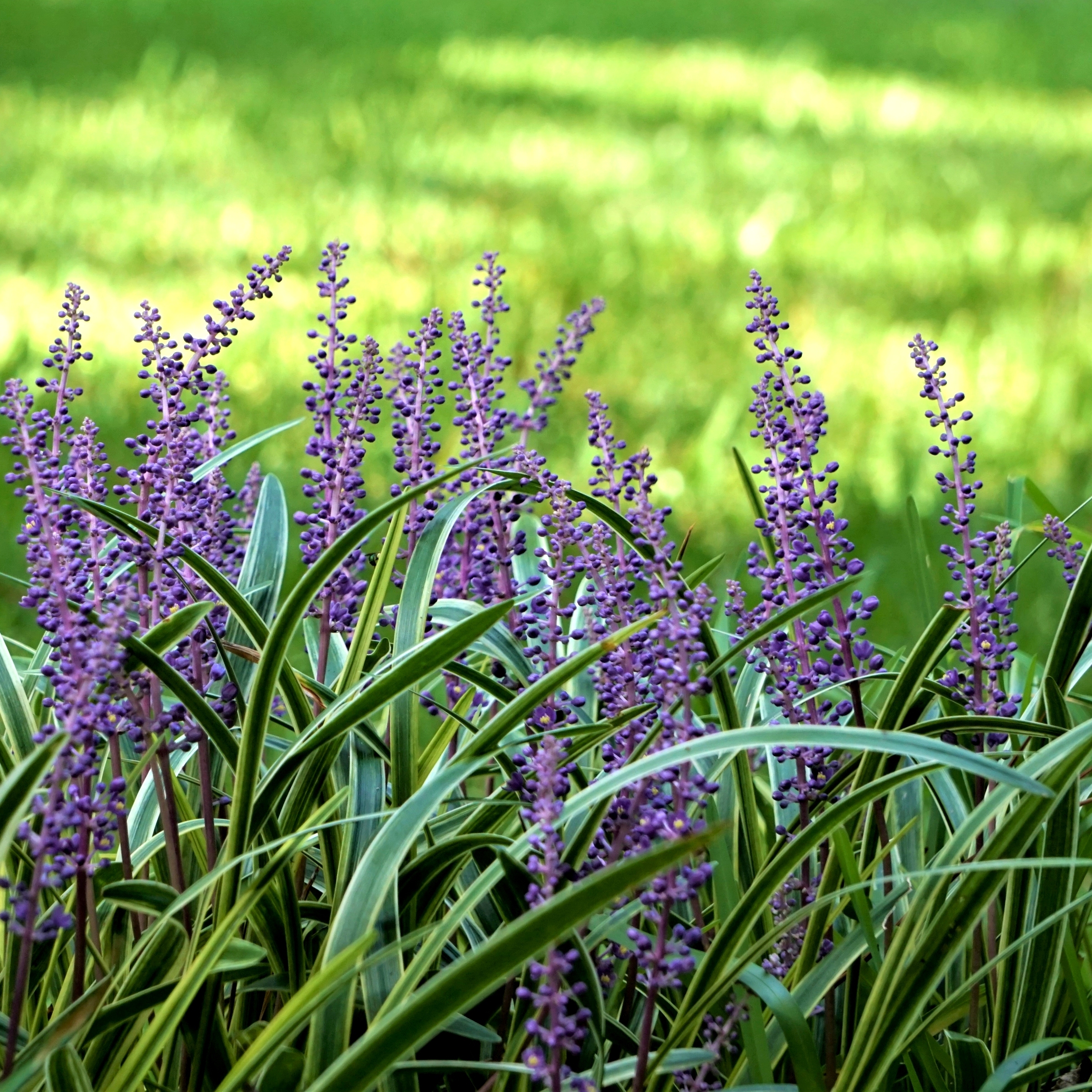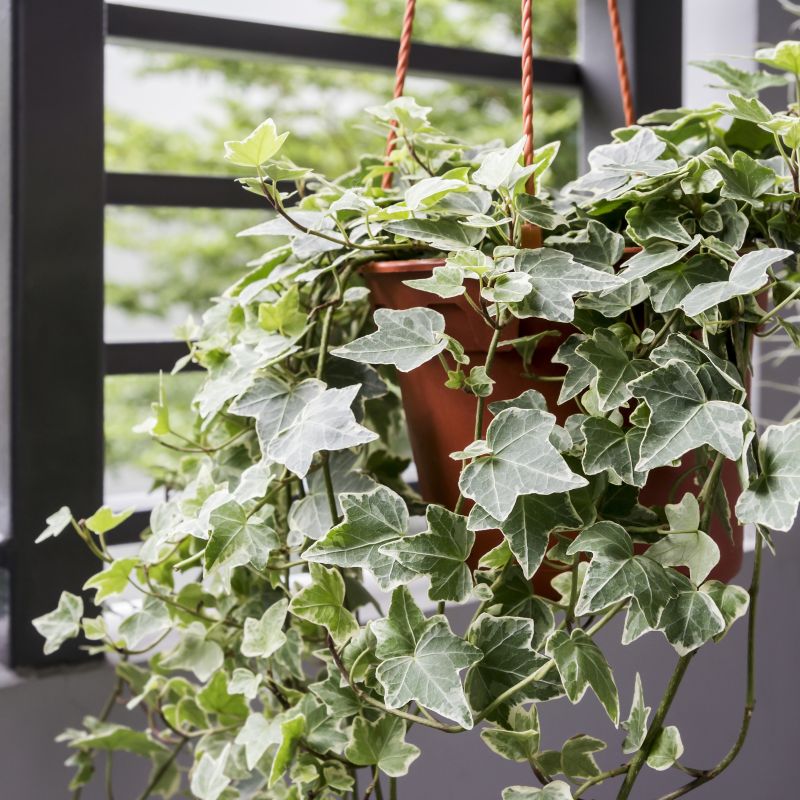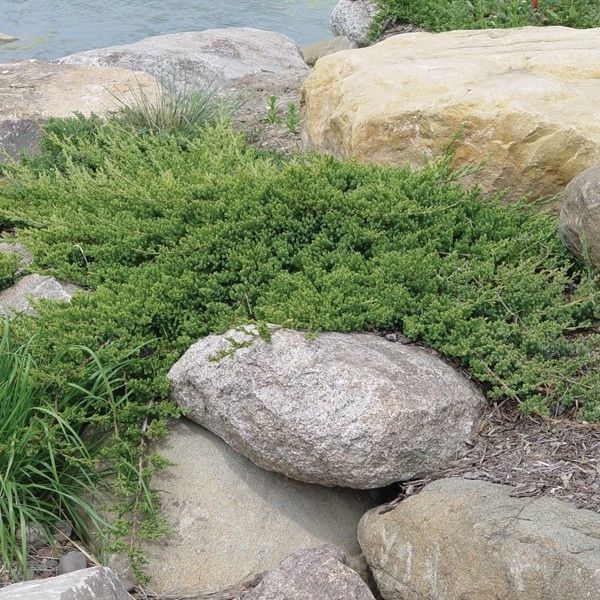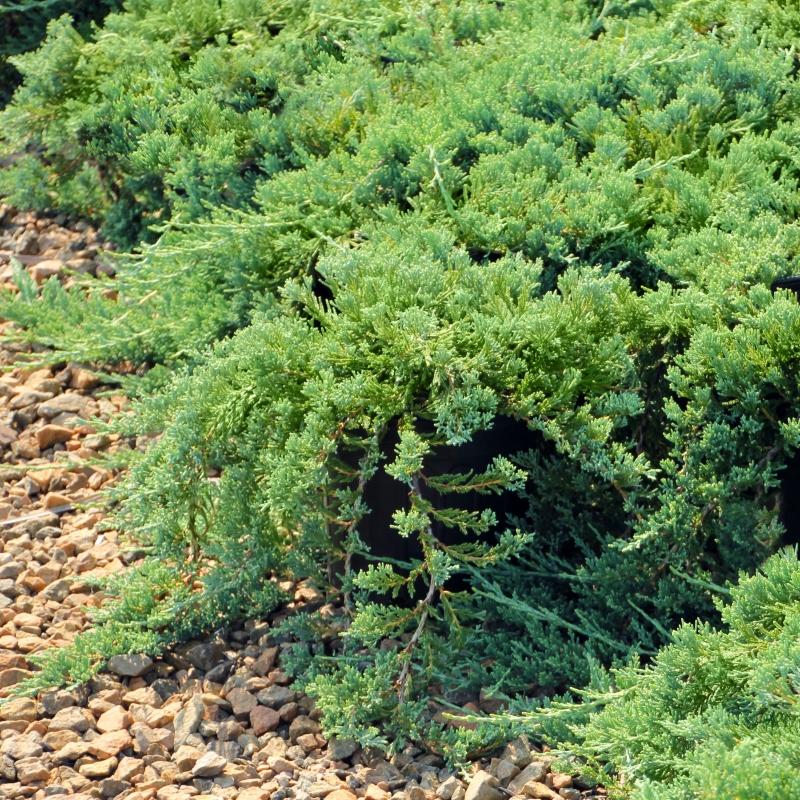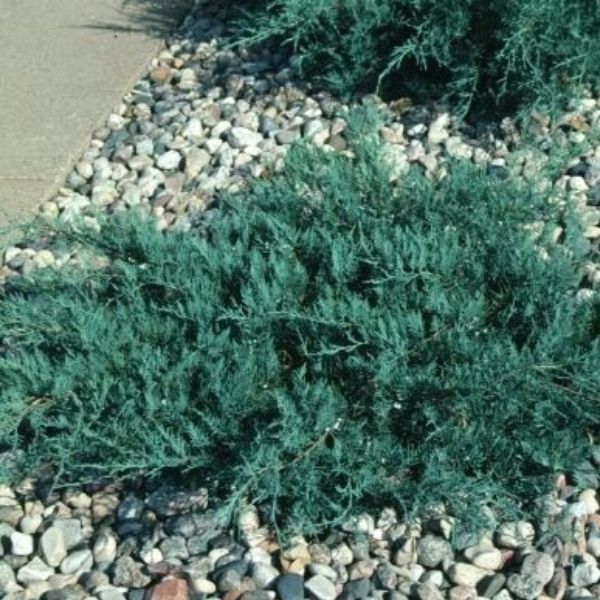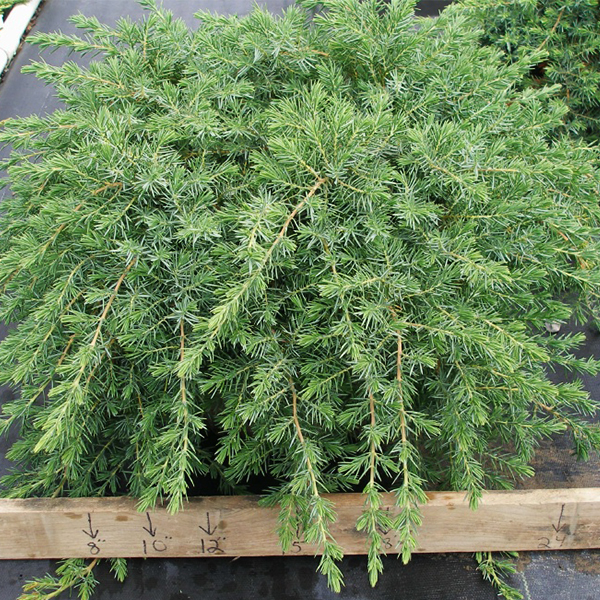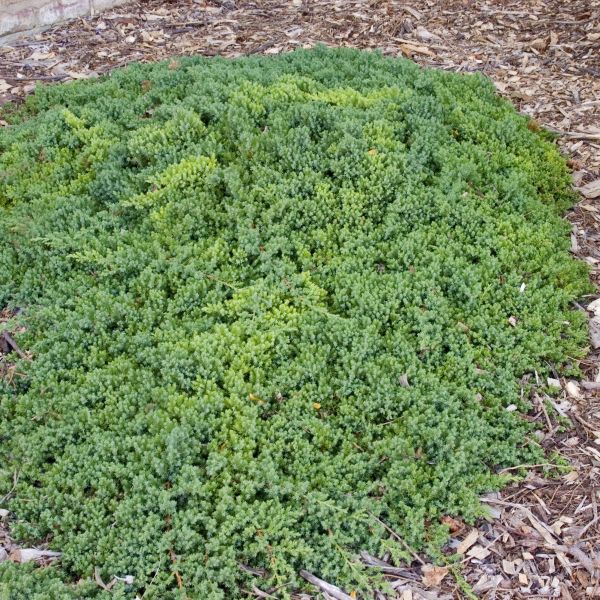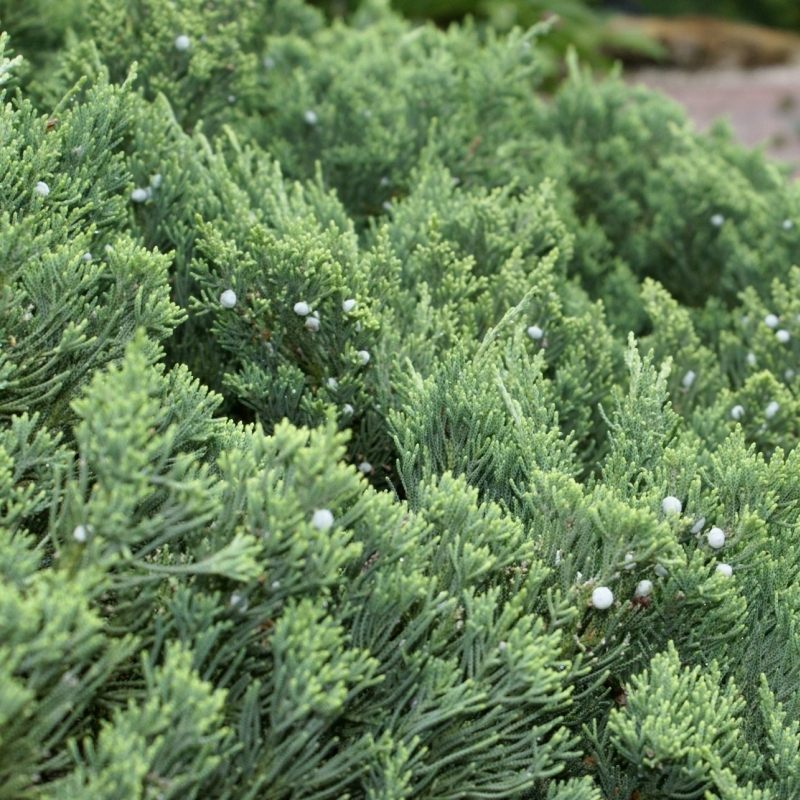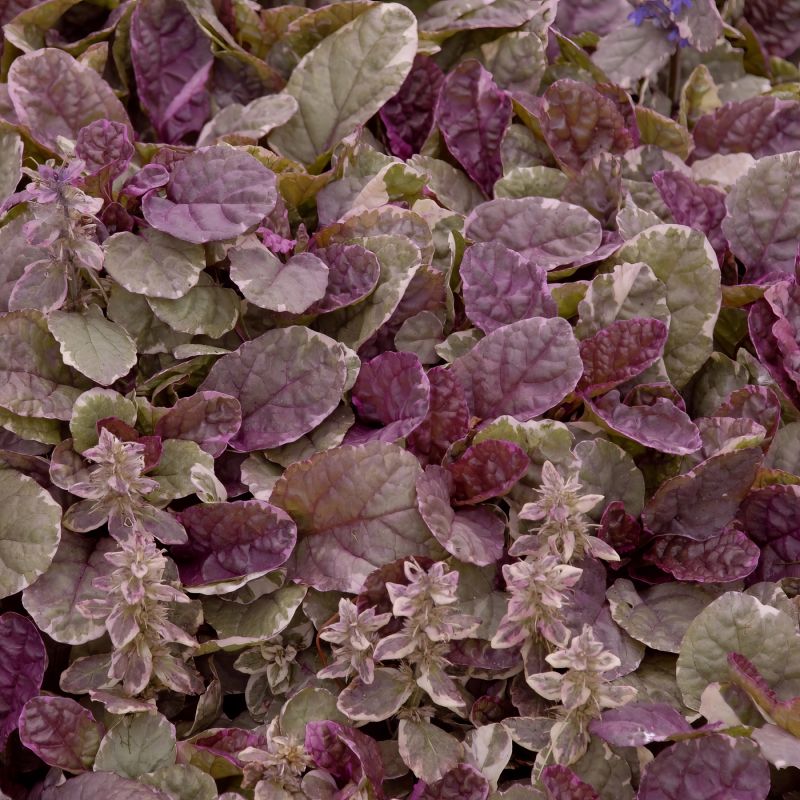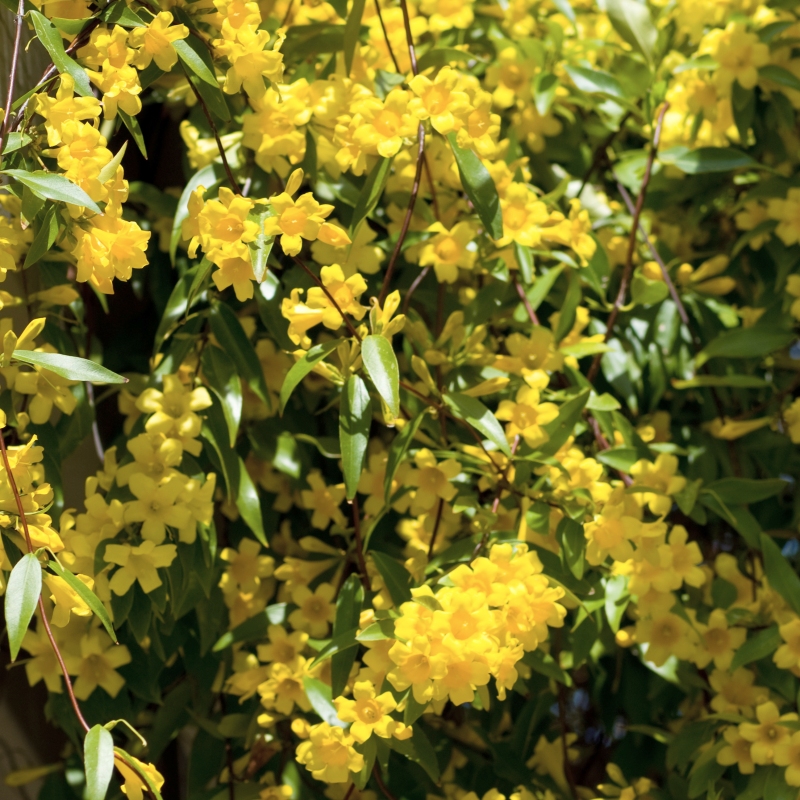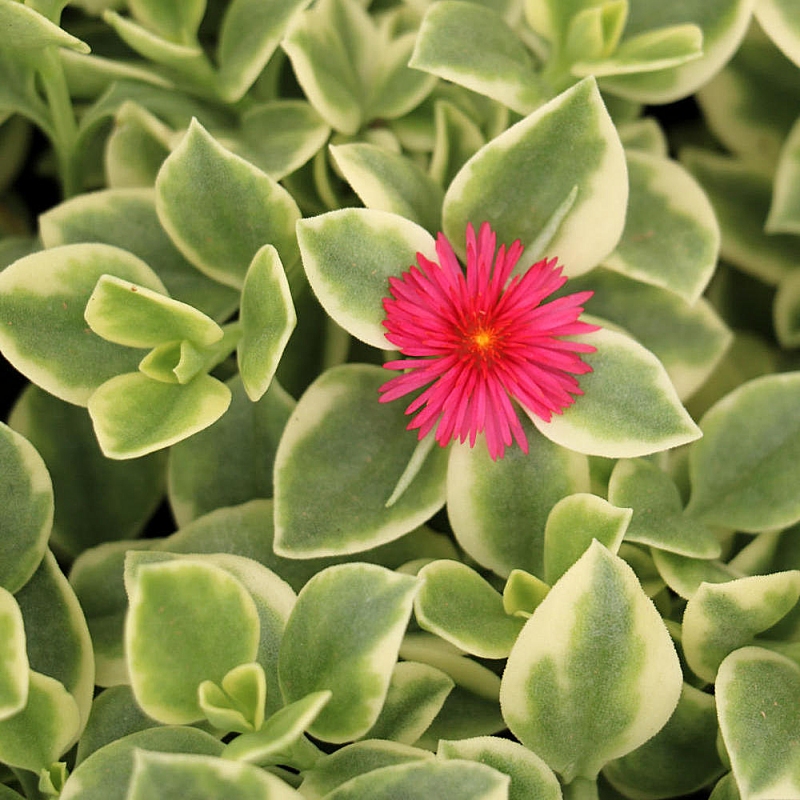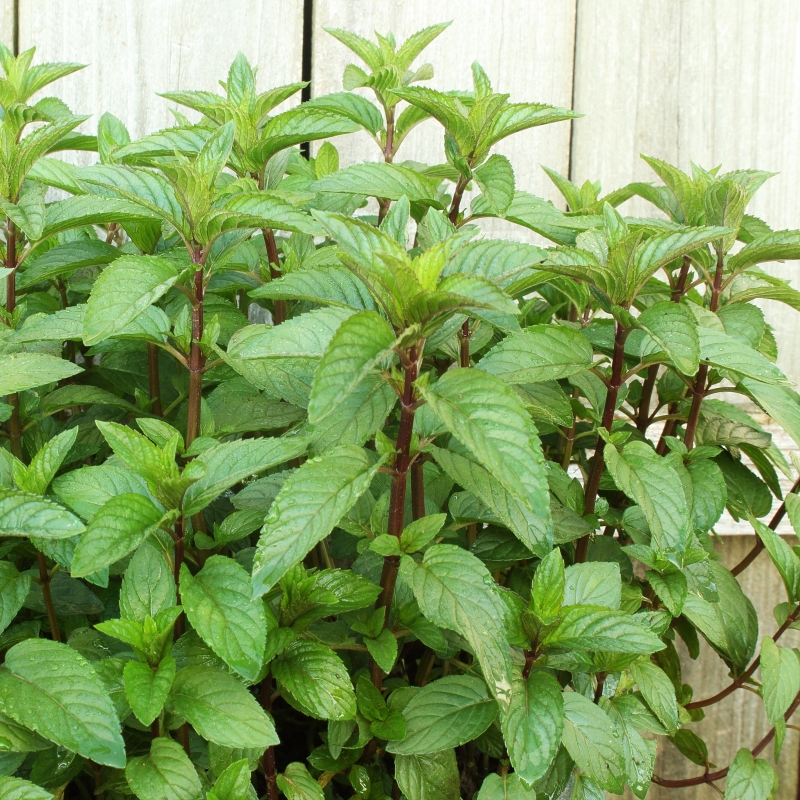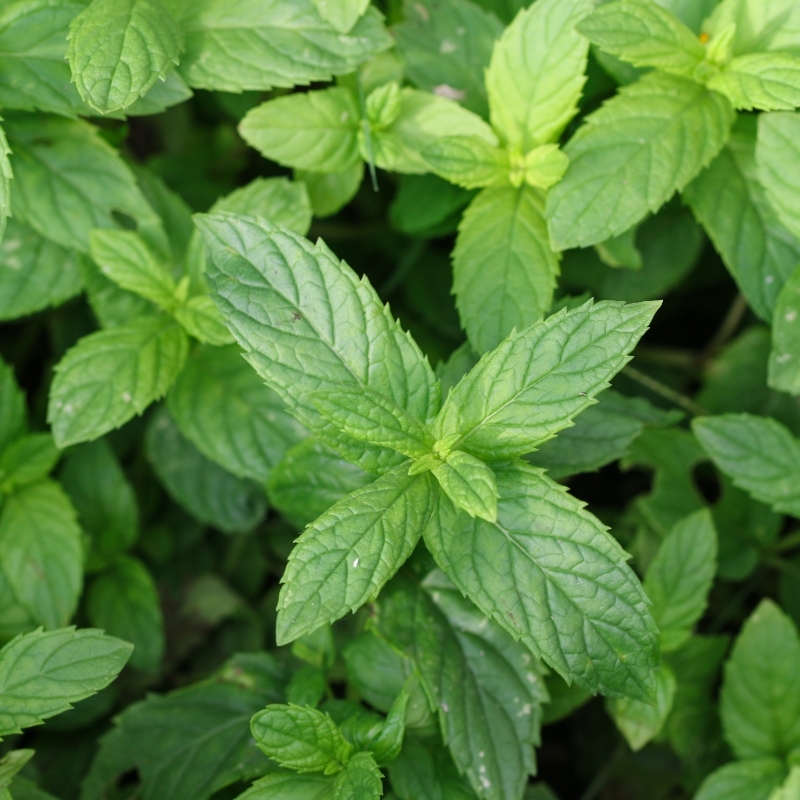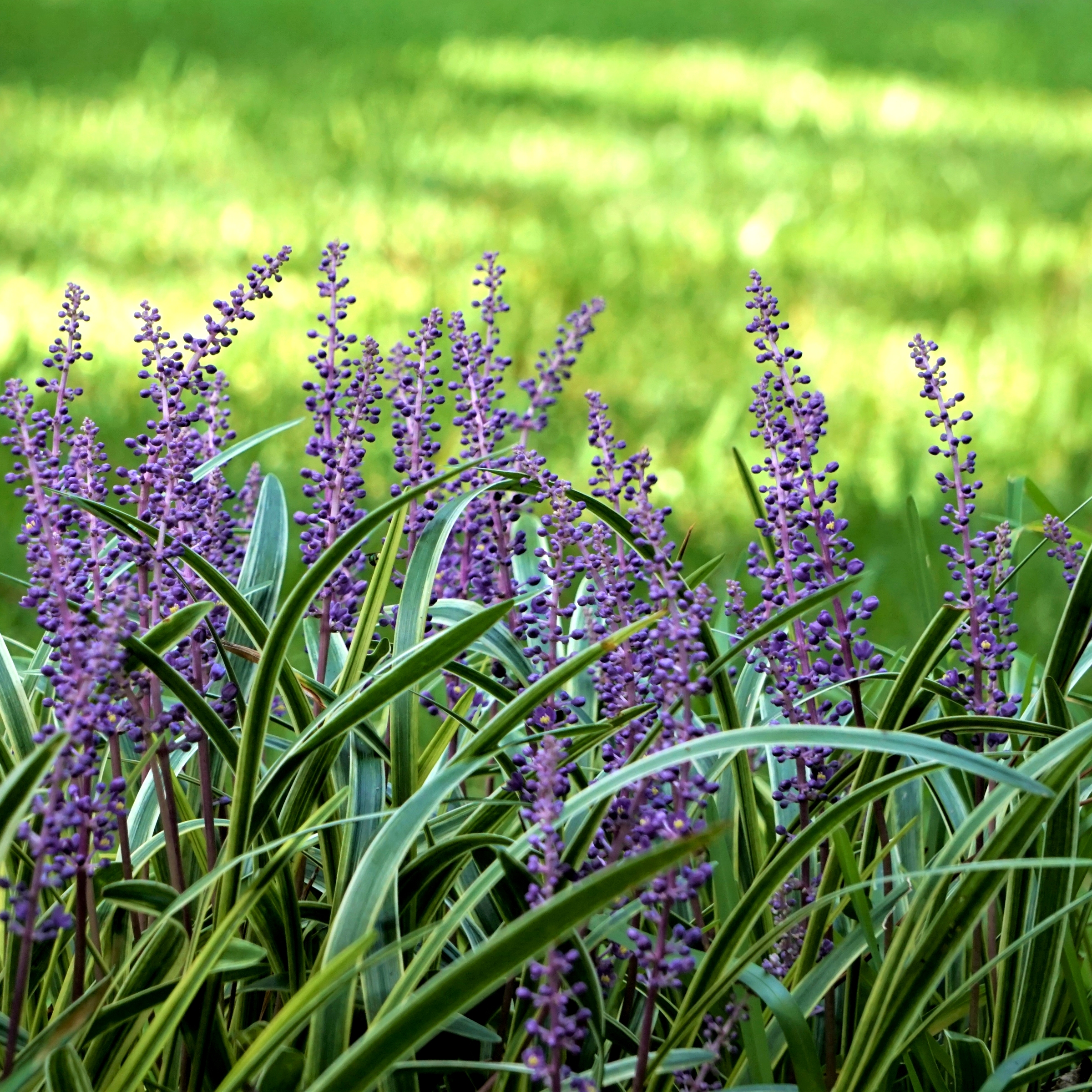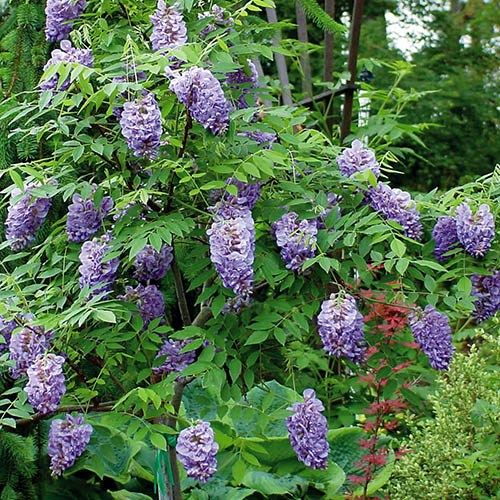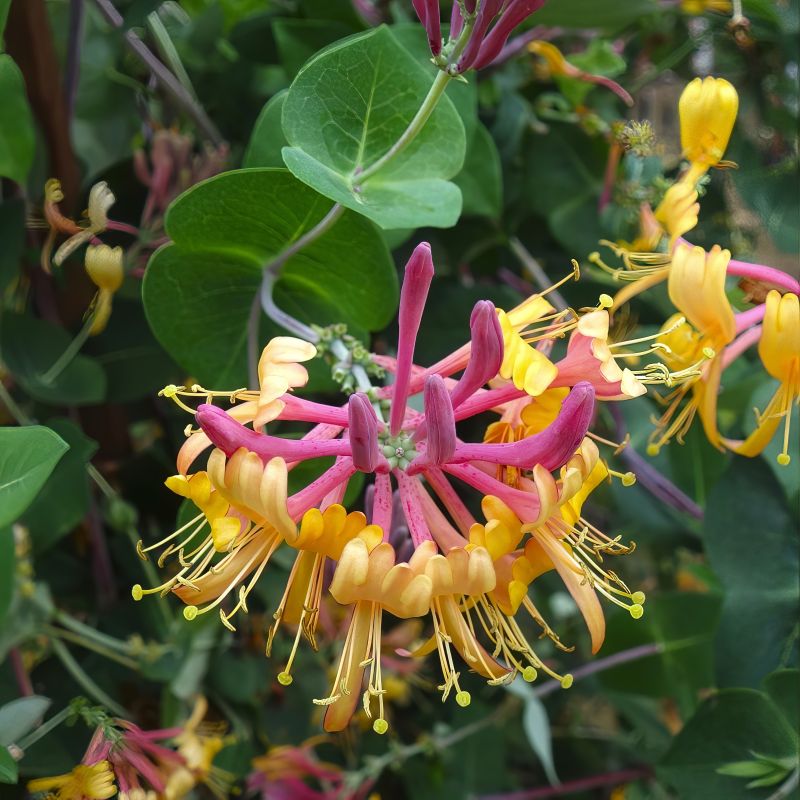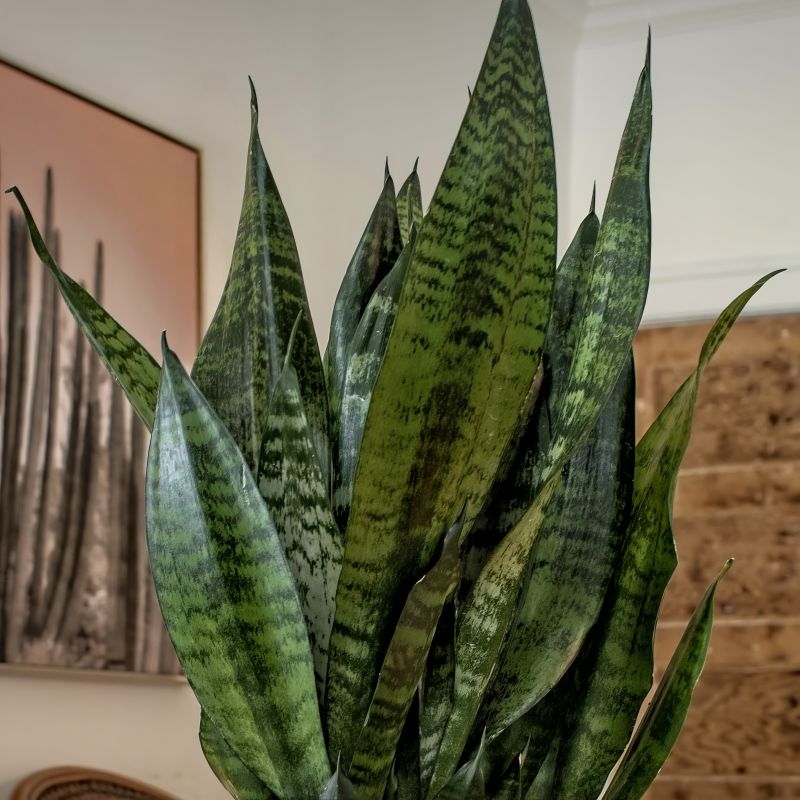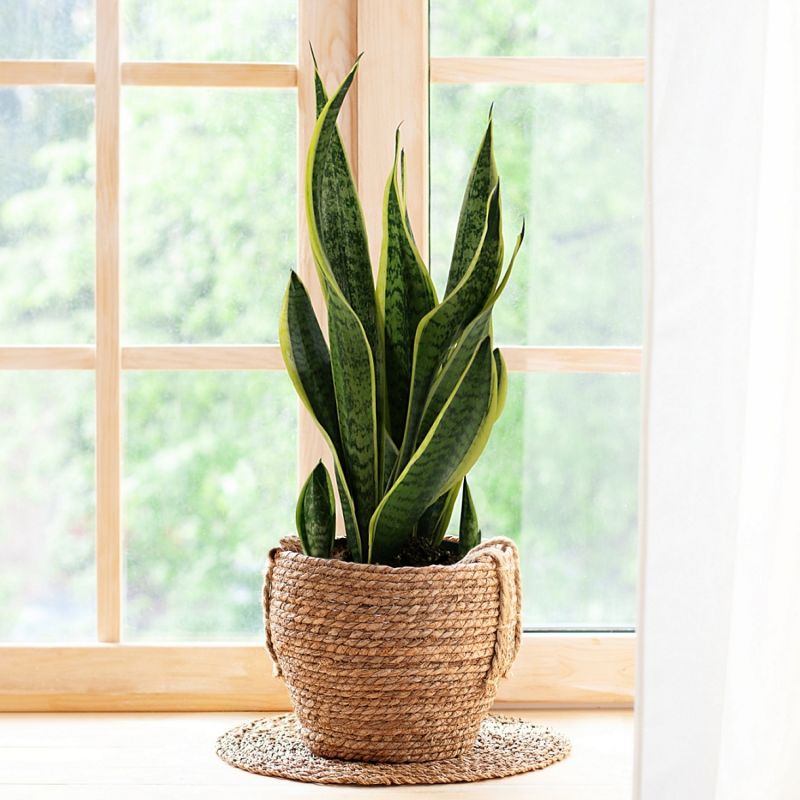

Little Redhead Indian Pink
Spigelia marilandica 'Little Redhead'
18 reviews


Little Redhead Indian Pink
Spigelia marilandica 'Little Redhead'
18 reviews
$62.00
$89.00
30% Off
1 Gallon
We are sorry, product is currently out of stock due to seasonal availability. Please check the "Related plants available in your area" section below
Why Little Redhead Indian Pink?
Little Redhead Indian Pink (Spigelia marilandica 'Little Redhead') is a popular plant because of its striking appearance. Its bright red tubular flowers, paired with its dark green foliage, make it a standout in any garden. This perennial thrives in partial shade and has a long bloom time, attracting hummingbirds and butterflies. Its compact size also makes it a great choice for smaller gardens or containers.
Related plants available in your area
Sunlight
Little Redhead Indian Pink prefers full sun to partial shade. It requires at least 6 hours of direct sunlight per day.
Watering
Little Redhead Indian Pink requires regular watering to keep the soil consistently moist. It thrives in moist, well-drained soil and may need additional watering during periods of prolonged drought or high temperatures.
Fertilizing
The fertilizer requirement for Little Redhead Indian Pink is not specified. It is recommended to use a balanced slow-release fertilizer according to the instructions provided by the manufacturer, or consult with a local gardening expert for specific recomm
Little Redhead Indian Pink
Spigelia marilandica 'Little Redhead'
The Little Redhead Indian Pink, scientifically known as Spigelia marilandica 'Little Redhead', is an eye-catching perennial plant that adds a splash of vibrant color to any garden or landscape. With its striking red tubular flowers and lush green foliage, this plant is sure to grab attention and become a favorite amongst garden enthusiasts.
Features:
- Flower Color: The flowers of the Little Redhead Indian Pink are a vivid shade of red that instantly draws the eye. Their tubular shape and distinctive color make them stand out in any setting.
- Foliage: This perennial has attractive dark green foliage that forms a compact clump. The foliage adds depth and provides a beautiful backdrop to the vibrant flowers.
- Size: The Little Redhead Indian Pink typically grows to a height of about 1 to 2 feet and spreads to a width of around 1 to 1.5 feet. Its compact size makes it suitable for small gardens, containers, and borders.
- Blooming Period: This plant blooms in late spring and continues to produce flowers throughout the summer months. The long-lasting blooms bring continuous beauty to your garden.
- Hardiness: Little Redhead Indian Pink is a hardy perennial that thrives in USDA hardiness zones 5 to 9. It can tolerate a wide range of soil conditions, including moist and well-drained soils.
- Attracts Wildlife: The vibrant red flowers of this plant attract hummingbirds, butterflies, and other pollinators, making it a great addition to wildlife-friendly gardens.
Uses:
The Little Redhead Indian Pink is a versatile plant that can be used in various ways:
- Border Plant: With its compact size and stunning flowers, it makes a great addition to garden borders and edge plantings.
- Container Plant: Due to its smaller size, it can be grown in containers and placed on patios, balconies, or porches, adding a pop of color to any outdoor space.
- Wildflower Garden: This plant is often used in wildflower gardens or naturalized areas where it can freely spread and provide a beautiful display of color.
- Cut Flowers: The vibrant red flowers make excellent cut flowers for creating eye-catching floral arrangements or bouquets.
Care Instructions:
To ensure the healthy growth and longevity of the Little Redhead Indian Pink, follow these care instructions:
- Sunlight: This plant prefers partial shade to full sun. Provide it with at least 4-6 hours of direct sunlight per day.
- Watering: Keep the soil consistently moist but avoid overwatering. Ensure proper drainage to prevent root rot.
- Soil: Plant in well-draining, fertile soil. This plant can tolerate a variety of soil types, but it prefers slightly acidic to neutral pH levels.
- Fertilizer: Apply a balanced, slow-release fertilizer in early spring to promote healthy growth and abundant blooms.
- Pruning: Remove spent flowers to encourage new blooms and maintain a neat appearance. Cut back the foliage in late fall or early spring to promote fresh growth.
The Little Redhead Indian Pink is a beautiful and low-maintenance perennial that will add a burst of color to any garden or landscape. Its compact size, vibrant flowers, and attractive foliage make it a must-have for any gardening enthusiast.
Plant Information:
| Botanical Name: | Spigelia marilandica 'Little Redhead' |
| USDA Zones: | 5-9 |
| Water: | Moderate to Moist |
| Exposure: | Full Sun |
| Soil Needs: | Well Drained |
| Mature Height: | 24 - 28 inches |
| Mature Spread: | 20 - 24 inches |

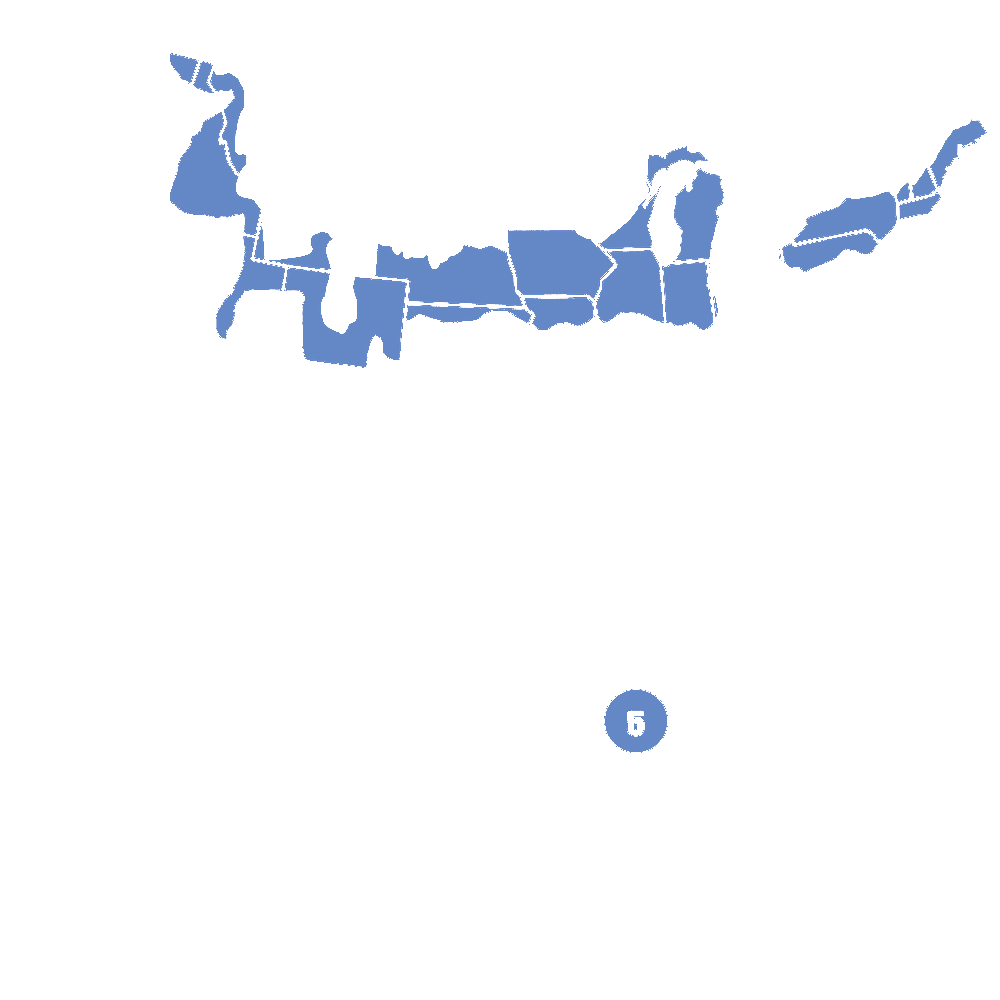
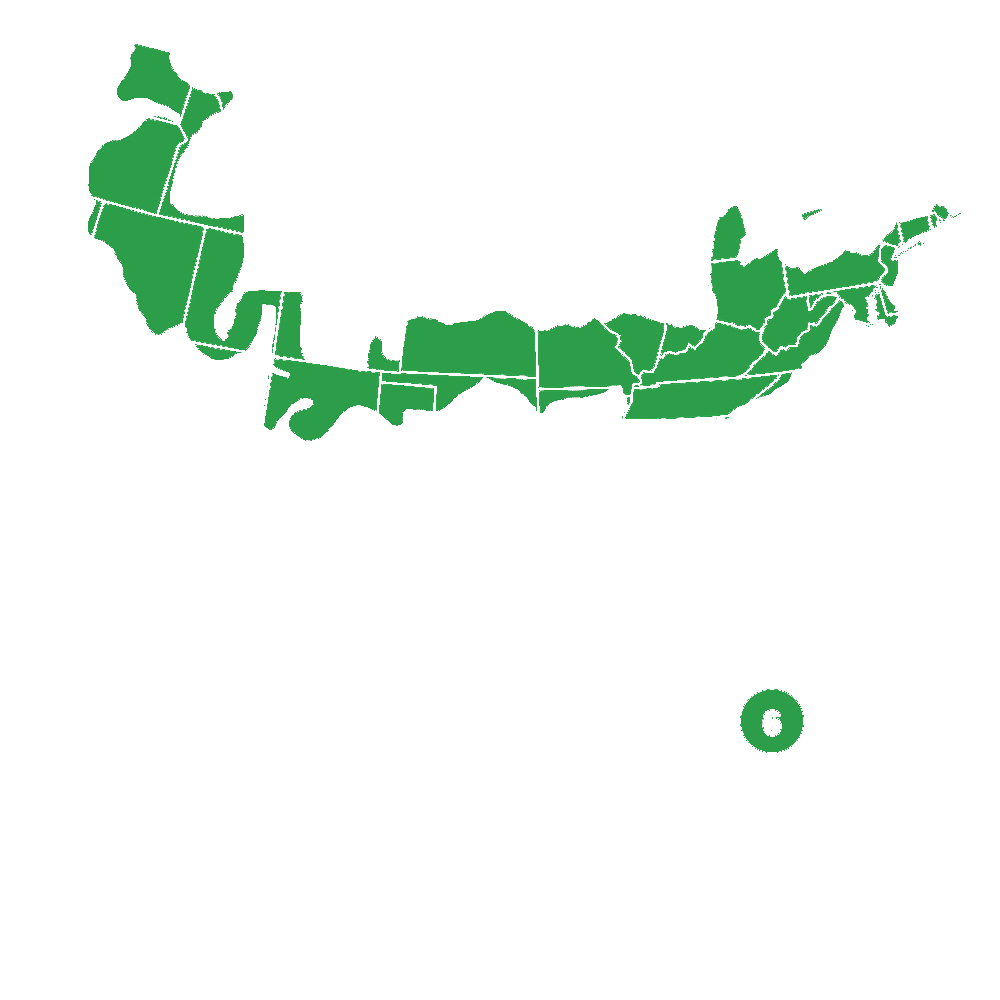
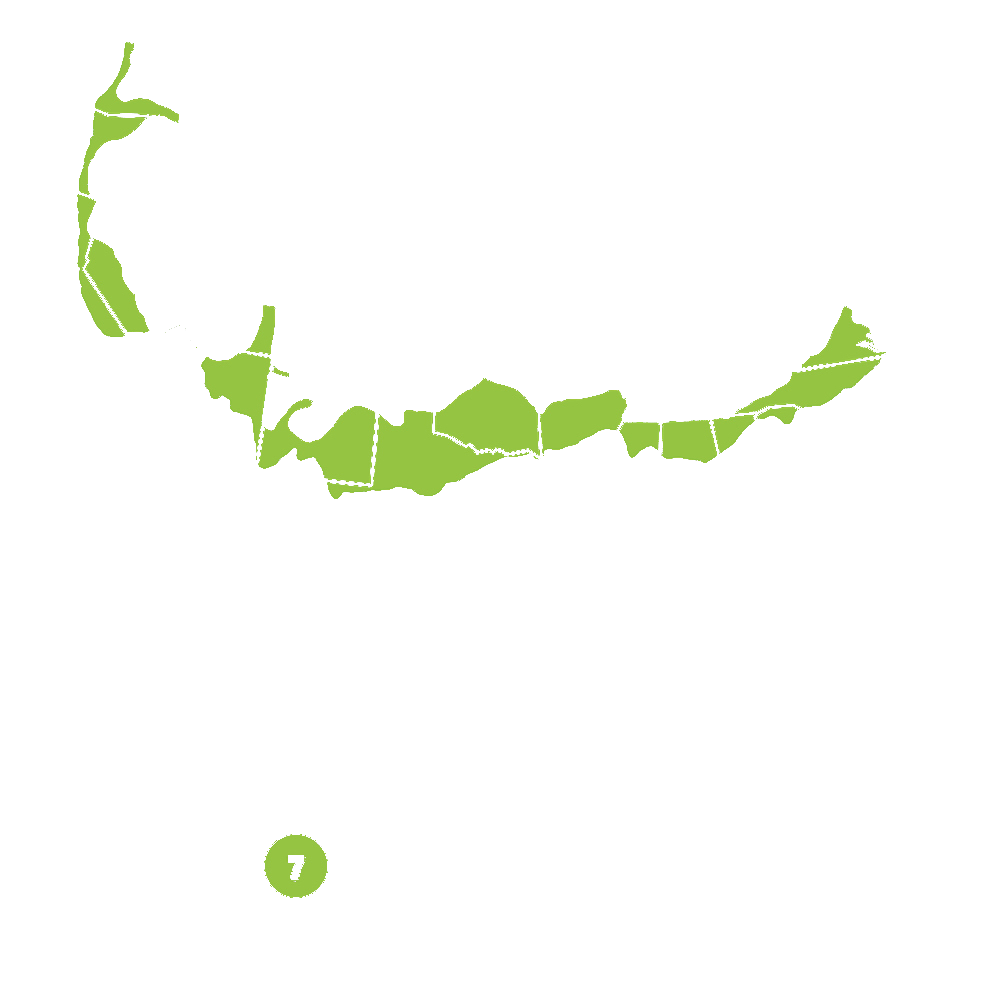
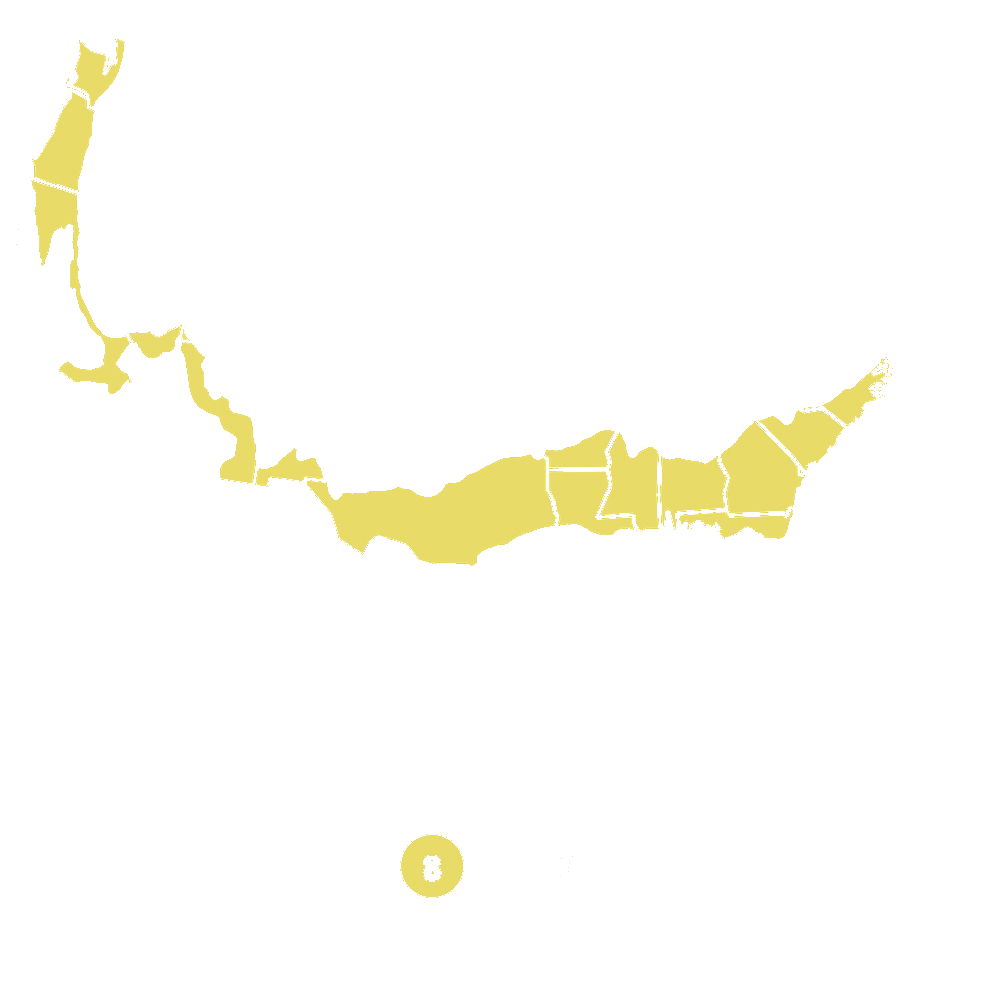
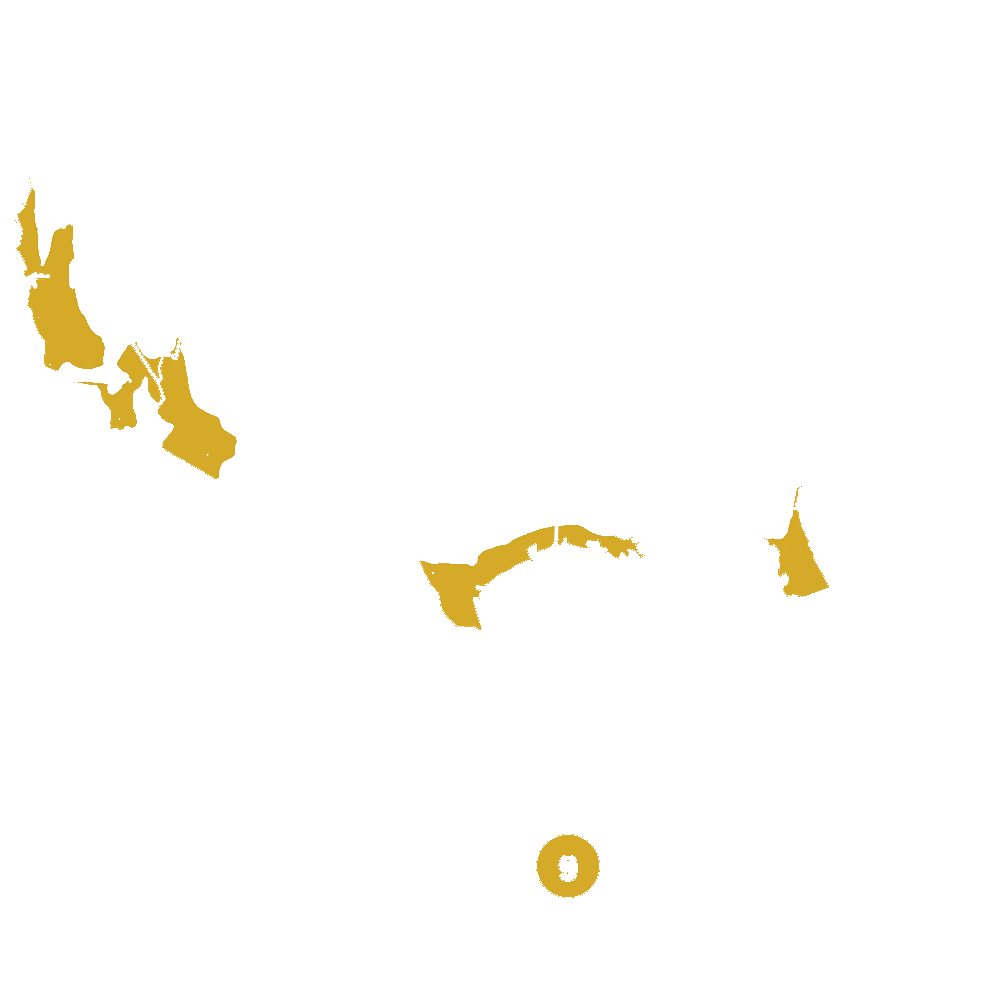
Pollination Info
Pollination Information for Little Redhead Indian Pink
Scientific Name: Spigelia marilandica 'Little Redhead'
Pollination Mechanism:
Little Redhead Indian Pink is a flowering plant that relies on pollinators for successful reproduction. It has a specialized pollination mechanism known as "buzz pollination." Buzz pollination involves the vibration of the pollinator's wings or body against the flower, which helps release the pollen grains.
Pollinators:
The primary pollinators for Little Redhead Indian Pink include:
- Bumblebees
- Native bees
- Solitary bees
Flower Characteristics:
The flowers of Little Redhead Indian Pink are tubular and have a vibrant red color, which is attractive to pollinators. They are arranged in clusters at the top of the plant's stems.
Pollen and Nectar:
Little Redhead Indian Pink produces both pollen and nectar, which serve as rewards for pollinators. The pollen grains are situated inside the flower's anthers and require buzz pollination to be released.
Pollination Process:
When a pollinator, such as a bumblebee or native bee, visits the flower of Little Redhead Indian Pink in search of nectar, it brushes against the anthers, causing the flower to vibrate. This vibration dislodges the pollen grains, which stick to the pollinator's body due to electrostatic forces.
The pollinator then moves on to the next flower, carrying the pollen grains with it. In the process, some of the pollen grains may come into contact with the receptive stigma of the flower, leading to pollination. The transfer of pollen from the anthers to the stigma enables fertilization and eventual seed production.
Importance of Pollinators:
Pollinators play a crucial role in the reproduction and survival of Little Redhead Indian Pink. They facilitate cross-pollination, enhance genetic diversity, and ensure the production of viable seeds. Without the presence of pollinators, the plant's ability to reproduce would be greatly hindered.
It is important to create and maintain pollinator-friendly habitats to support the populations of these essential pollinators.
FAQ
Frequently Asked Questions about Little Redhead Indian Pink (Spigelia marilandica 'Little Redhead')
1. What is the Little Redhead Indian Pink?
Little Redhead Indian Pink (Spigelia marilandica 'Little Redhead') is a perennial flowering plant known for its striking red tubular flowers.
2. What does the Little Redhead Indian Pink look like?
This plant typically grows to a height of 1 to 2 feet and produces clusters of bright red tubular flowers with yellow throats. Its foliage is dark green and lance-shaped.
3. When does the Little Redhead Indian Pink bloom?
The Little Redhead Indian Pink blooms in late spring or early summer, usually from May to June.
4. How do I care for the Little Redhead Indian Pink?
Here are some care tips for the Little Redhead Indian Pink:
- Plant in well-drained soil with partial to full shade.
- Keep the soil consistently moist, especially during hot and dry periods.
- Add a layer of mulch around the base of the plant to help retain moisture and suppress weeds.
- Remove faded flowers to encourage continuous blooming.
- Divide the plant every 3 to 4 years to prevent overcrowding and maintain its vigor.
5. Is the Little Redhead Indian Pink tolerant of deer and rabbits?
Little Redhead Indian Pink is known to be resistant to deer and rabbit browsing.
6. Can I grow the Little Redhead Indian Pink in a container?
Yes, the Little Redhead Indian Pink can be grown in containers. Ensure the container provides adequate drainage and choose a potting mix suitable for perennials.
7. Are there any companion plants that go well with the Little Redhead Indian Pink?
Some suitable companion plants for the Little Redhead Indian Pink include hostas, ferns, astilbes, and heucheras. These plants have similar light and moisture requirements, making them ideal companions.
8. Does the Little Redhead Indian Pink require any special pruning?
The Little Redhead Indian Pink does not require extensive pruning. However, you can trim back the foliage after flowering to maintain a neat appearance.
9. Is the Little Redhead Indian Pink a native plant?
Yes, the Little Redhead Indian Pink is native to eastern and central North America.
10. Can I propagate the Little Redhead Indian Pink from cuttings?
While it is possible to propagate the Little Redhead Indian Pink from cuttings, it is generally more successful to propagate it through division.
Planting & Care
Planting & Care for Little Redhead Indian Pink (Spigelia marilandica 'Little Redhead')
The Little Redhead Indian Pink is a beautiful perennial plant that is native to the eastern United States. It is known for its showy, tubular red flowers and attractive green foliage. Here are some planting and care guidelines to ensure its healthy growth:
Planting:
- Choose a planting location that receives partial shade to full sun. Little Redhead Indian Pink thrives in well-draining soil.
- Prepare the planting hole by loosening the soil and removing any weeds or debris.
- Dig a hole twice as wide and deep as the plant's container.
- Carefully remove the plant from its container and place it in the hole, ensuring that the top of the root ball is level with the soil surface.
- Backfill the hole with soil, gently firming it around the roots.
- Water the plant thoroughly after planting to settle the soil.
- Apply a layer of mulch around the base of the plant to help retain moisture and suppress weeds.
Care:
- Watering: Little Redhead Indian Pink prefers consistently moist soil. Water the plant regularly, especially during dry periods. Avoid overwatering or allowing the soil to become waterlogged.
- Fertilizing: Apply a balanced, slow-release fertilizer in early spring when new growth emerges. Follow the package instructions for application rates.
- Pruning: Remove any dead or damaged foliage throughout the growing season. After the plant has finished flowering, you can cut back the stems to encourage bushier growth.
- Dividing: Every few years, divide the plant to maintain its vigor and prevent overcrowding. This is best done in early spring before new growth starts.
- Pests and Diseases: Little Redhead Indian Pink is generally pest and disease resistant. However, keep an eye out for aphids, slugs, and snails. If necessary, treat with an organic insecticide or manually remove these pests.
- Winter Care: This plant is hardy in USDA zones 5-9. In colder regions, provide a layer of mulch in late fall to protect the plant's roots from freezing temperatures.
By following these planting and care guidelines, you can enjoy the vibrant blooms and lush foliage of the Little Redhead Indian Pink in your garden for years to come.
Check Out These Verified Customer Reviews:
Customer Reviews
4.6 out of 5 based on 18 reviews
Thank you! Your review has been submitted.
I received compliments on the unique design of the Little Redhead Indian Pink. Very happy with my purchase.
Smooth website experience, easy to navigate
Impressed with the fast shipment and packaging
Item has been added to your cart.



